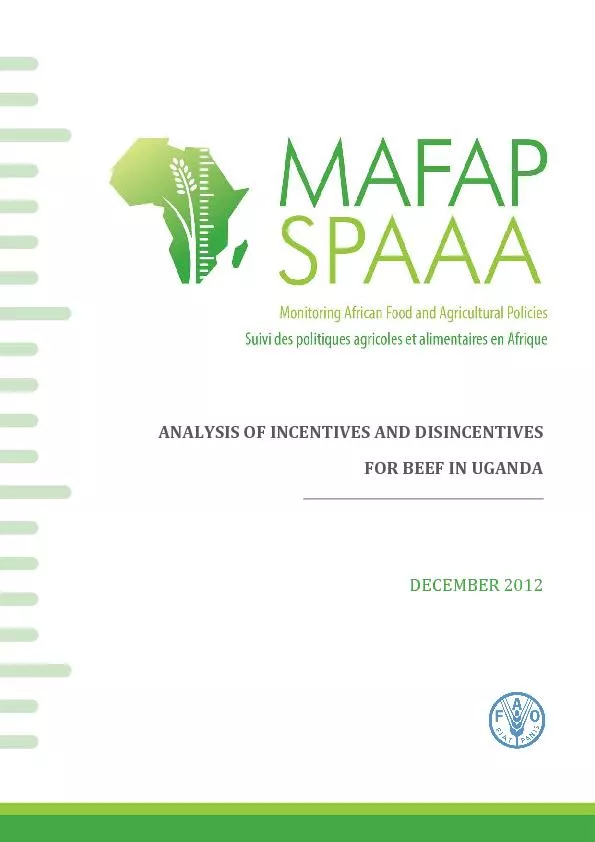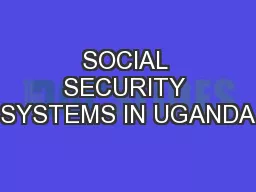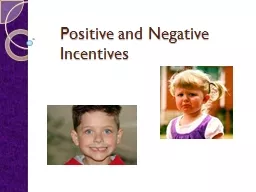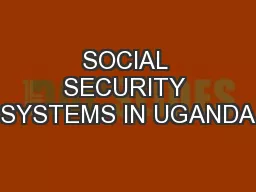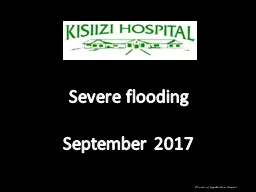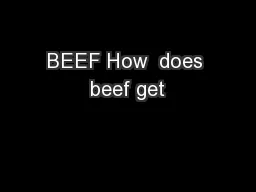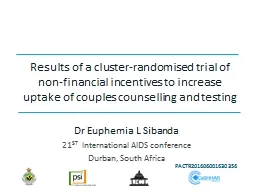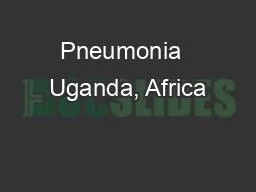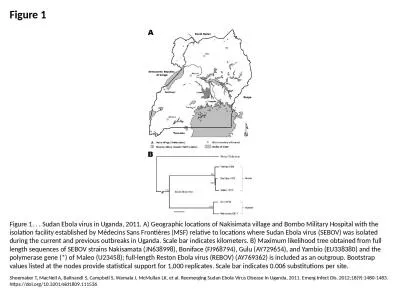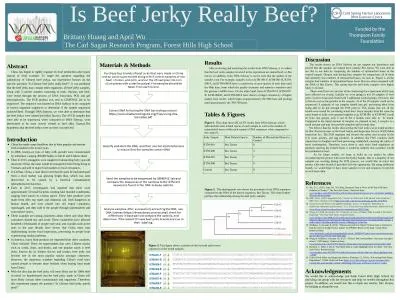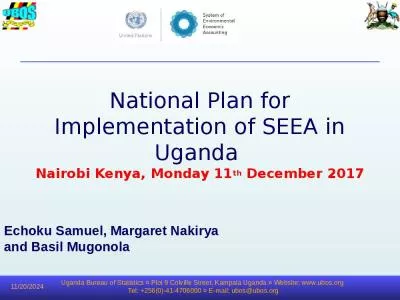PDF-ANALYSS OF INCENTIVES AND DISINCENTIVESFOR BEEF IN UGANDA
Author : danika-pritchard | Published Date : 2016-11-23
DECEMBER 2012 This technical note a p roduct of the Monitoring African Food and Agricultural Policies project MAFAP intended primarily for internal use as background
Presentation Embed Code
Download Presentation
Download Presentation The PPT/PDF document "ANALYSS OF INCENTIVES AND DISINCENTIVESF..." is the property of its rightful owner. Permission is granted to download and print the materials on this website for personal, non-commercial use only, and to display it on your personal computer provided you do not modify the materials and that you retain all copyright notices contained in the materials. By downloading content from our website, you accept the terms of this agreement.
ANALYSS OF INCENTIVES AND DISINCENTIVESFOR BEEF IN UGANDA: Transcript
Download Rules Of Document
"ANALYSS OF INCENTIVES AND DISINCENTIVESFOR BEEF IN UGANDA"The content belongs to its owner. You may download and print it for personal use, without modification, and keep all copyright notices. By downloading, you agree to these terms.
Related Documents

